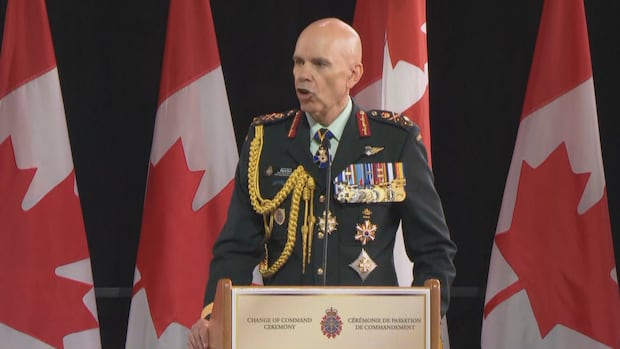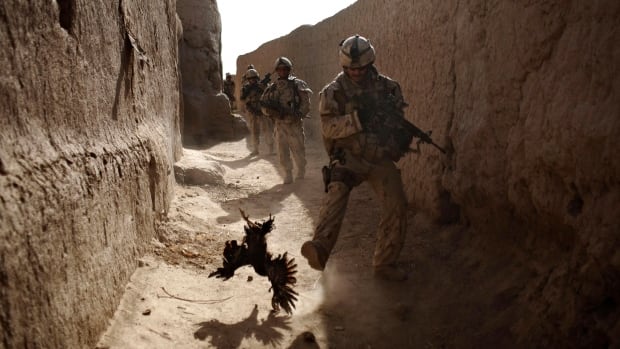
A little more than 18 years ago, amid the dust and hard heat of Kandahar Airfield, the weary look on Col. Ian Hope’s face spoke more loudly than his words.
It was the spring of 2006 and the Canadian contingent in Afghanistan had just been through several brutal weeks. More than half a dozen Canadian soldiers had been killed in roadside bombings. As it turned out, it was the beginning of a bloody, unrelenting wave of casualties that would rend the heart of a nation and seize the political agenda in ways the Conservative government of the day never expected.
Hope, the keen and well-read battlegroup commander at the time, quietly implored a journalist who was returning to Ottawa to bring him helicopters because “guys are dying on the roads here for the lack of them.”
The army got those helicopters — two years and almost 100 dead soldiers later — after a tedious political and institutional debate that saw an independent panel basically tell the federal government to either equip the military properly or get out of Kandahar.
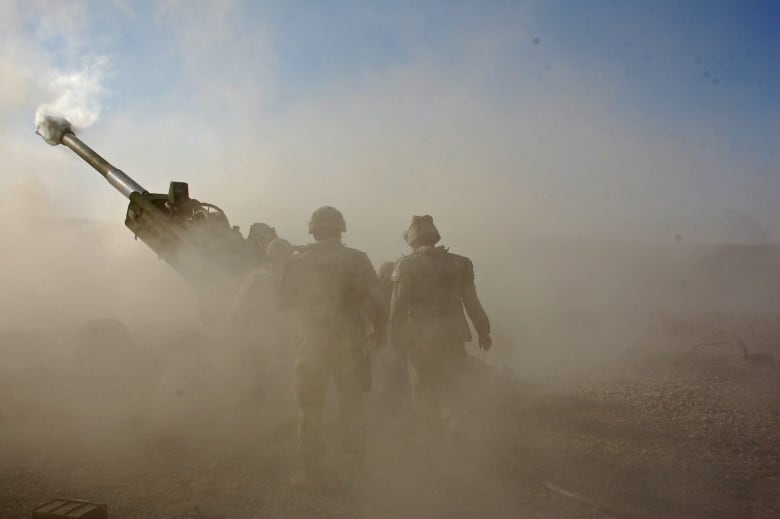
That’s the sort of visceral lived experience the country’s now-former top military commander politely channeled in his farewell speech this week.
“Our military history is one of unpreparedness at the outset of war … 1914, 1939, 1950, 2001 are all stark examples. Let’s not let that happen again,” said the soon-to-be-retired Gen. Wayne Eyre. “Urgency is required.”
In his final words as Canada’s chief of defence staff, Gen. Wayne Eyre said ‘evil walks this earth’ and urged Canada to continue to support Ukraine’s defence.
Whether his appeal is understood — or falls on deaf ears again — remains to be seen.
It’s almost a cliche to say that important policy debates in Ottawa are held in a vacuum of the abstract, with little sense of urgency, let alone realism.
But there’s a price to pay for being ill-prepared for war, a human cost that rarely gets acknowledged in Ottawa — particularly in the debate over whether Canada can or should meet NATO’s defence spending benchmark for alliance members of two per cent of national gross domestic product.
At NATO’s recent Washington summit, Prime Minister Justin Trudeau committed to meeting the spending target by 2032. He also referred to the two per cent figure as “a crass mathematical calculation” that certain people (he didn’t say who) turn to very quickly, and argued it’s not a true measure of a nation’s defence commitment.
Fair enough.
Last winter, the Center for Strategic and International Studies in Washington, D.C. wrote an insightful study that concluded the two per cent benchmark “does not adequately capture all the different ways that allies are spending their resources on capabilities and programs that improve transatlantic security writ large.”
The report argued the NATO benchmark captures only what states are spending on their military capabilities and defence programs and that restraining a resurgent Russia requires a whole-of-government approach — efforts that don’t factor into the calculation.
Trying not to appear too off-side with his boss, Defence Minister Bill Blair quietly noted following the swearing-in of Eyre’s successor, Gen. Jennie Carignan, that the two per cent is the figure everyone at NATO agreed on and it’s the only measure they have right now.
“Two per cent is a completely valid metric,” Blair said.
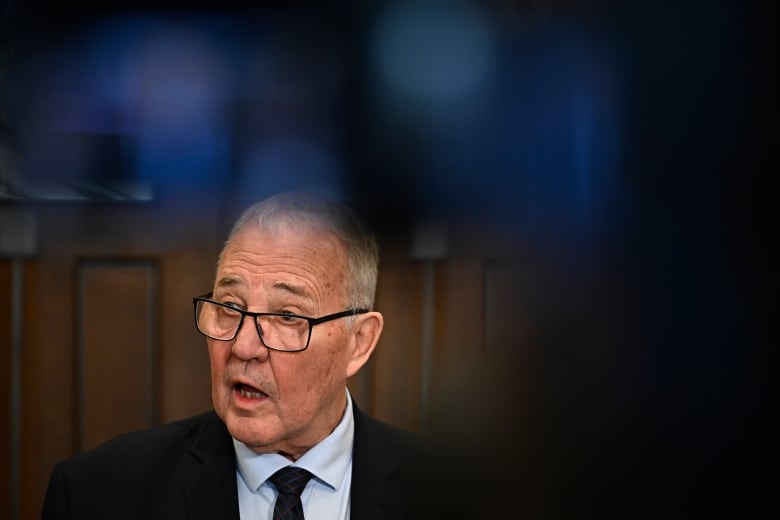
For the record (and it bears repeating), meeting the NATO goal would require Canada to spend between $60 billion and $64 billion annually on defence, given the size of the country’s economy. Blair acknowledged the defence department is not set up to absorb that kind of money right now.
“There was no way to actually spend that,” given the absence of procurement staff, he said.
“I couldn’t acquire the capabilities that the Canadian Forces have identified that quickly.”
While Conservative Leader Pierre Pollievre has refused to commit to the NATO target because he considers federal finances to be “a dumpster fire,” he also pledged to get the military the equipment it needs by cracking down on what he called “corruption, back office bureaucracy and procurement bungles.”
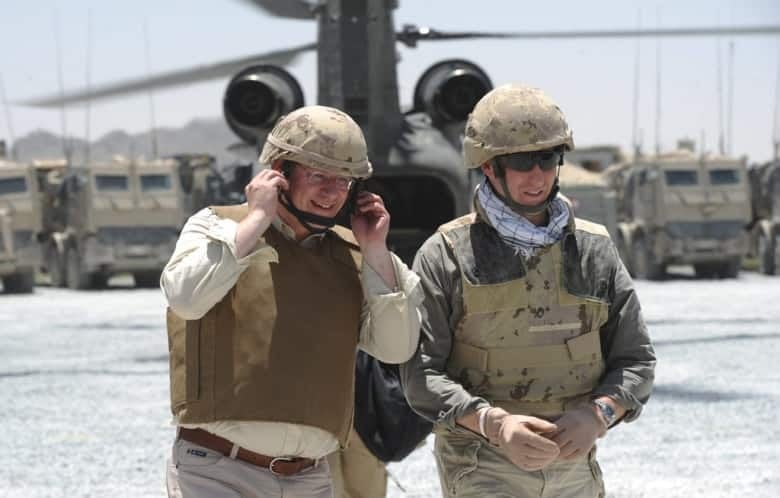
That’s been the Conservative position going back at least to the 2006 party election platform. A number of defence experts have noted the government of Prime Minister Stephen Harper was often frustrated by its inability to ram through complex military procurements (and pay increased veterans benefits) with fewer staff.
In his parting shots, Eyre attempted to change the conversation from a political and mathematical calculation to a discussion about what the military needs to do its job and keep the troops safe, with wars raging beyond our borders.
He warned that “the long arc of history has clearly shown that when we are not at war, we are in an interwar period.”
Eyre said using peacetime processes and mindsets “in this pre-war and in some cases a wartime environment” will not work.
“The question must change from why should we invest in defence when they can’t spend the money, to — for the good of the nation — what can we do to help convert funding into capabilities with alacrity,” he said.
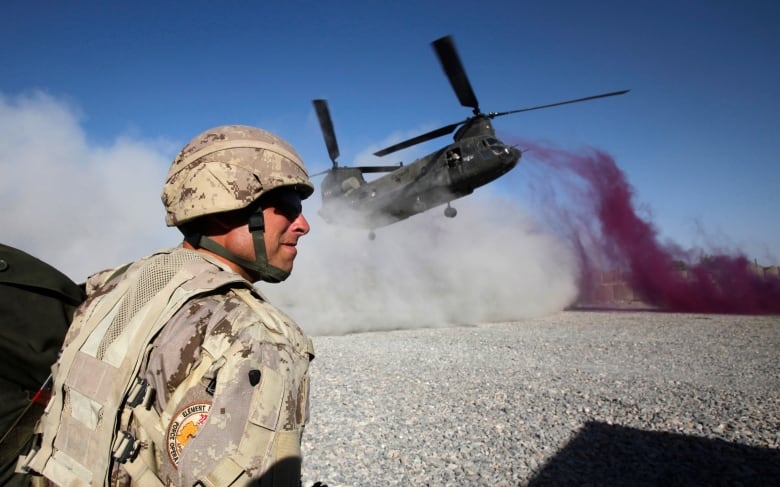
No doubt, somewhere in the back of his mind was the memory of Kandahar in 2006, when Canadian troops were hitching rides on the Dutch Chinooks Canada sold off at the end of the Cold War as part of the so-called “peace dividend” divestiture of equipment. There weren’t enough choppers to go around at the time, leaving Canadians at the mercy of their lightly armoured G-Wagons and LAV-3s.
Today, Canadian and other NATO troops sit in Latvia, staring across the border at Russian soldiers.
The Canadian Army deployed into Eastern Europe without dedicated air and missile defence systems, with no way to counter drone attacks, armed with ancient anti-tank weapons and a supply of artillery ammunition that would last only a few days in a real fight.
The Department of National Defence (DND) has been trying to meet those equipment needs, but some of those critical systems are still on order and months away from delivery.
If the nation was traumatized by 158 dead in Afghanistan — a guerilla war — it’s not hard to imagine the shock and grief a Ukraine-style conventional war would impose on a public that is more comfortable talking about war in the abstract.
As she took command this week, Carignan — also a combat veteran of Afghanistan — made it clear she knows time is short.
She suggested the country has five years to prepare itself for whatever authoritarian regimes in Russia or China might throw our way.
